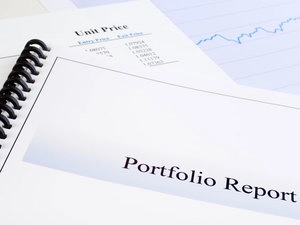Why rebalancing your portfolio is important
ET Wealth explores the different ways of rebalancing your portfolio to maintain your desired asset mix.
WHAT IS REBALANCING?
Rebalancing is the act of bringing your portfolio back to its desired asset mix by taking profits out of certain outperforming investments and re -investing those returns in underperforming assets.
BENEFITS OF REBALANCING
* Rebalancing on a periodic basis helps align your investments with your goals.
* It imposes discipline on investing and prevents you from trading based on emotions.
* It is a risk-minimizing strategy.
THREE WAYS TO REBALANCE
Time-Linked
Rebalancing based on a pre-determined schedule.
Threshold-Linked
Rebalancing is triggered when the asset mix deviates from the desired allocation by a predetermined percentage.
Time-and-threshold Linked
Portfolio is monitored as scheduled, but rebalanced only if the allocation deviates from the target mix by the predetermined minimum threshold.
THE COSTS OF REBALANCING
Capital Gains Tax
Gains realised from selling equity investments within one year of investing are taxed at 15%. Debt investments sold within three years attract tax at the marginal rate.
Exit Loads
Mutual funds may levy exit load charges of up to 2% on investments sold within the specified time limit.
Brokerage Costs
Buying and selling securities such as stocks and bonds incurs transaction charges such as brokerage and STT.
NOTE: To minimise the cost of rebalancing, consider using a combination of annual rebalancing with tolerance bands of +/-5% for each asset class. This approach provides a reasonable balance between benefits and costs of rebalancing. Direct any additional investments toward the asset classes that have declined until your portfolio is back in balance. This helps avoid rebalancing costs.
Rebalancing the portfolio periodicaly helps tide over volatility and often ..


Leave a Reply